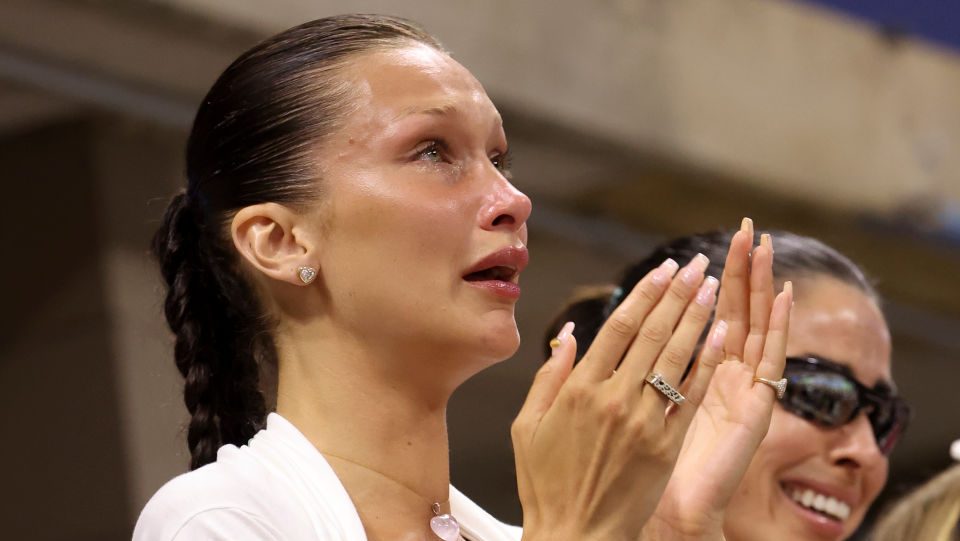You’ve probably seen someone on social media crying, speaking with a shaky voice on camera, or posting a selfie with puffy eyes. And if you’re a boomer, a millennial, or just not quite sure what’s going on, your first reaction might be: “Why would someone do that?” But for Gen Z, showing sadness on camera isn’t about being dramatic—it’s a way to give space to their emotions and make them feel real.
What might seem like oversharing or “making a scene” to some is, for many young people, a way of being honest about how they feel—without filters or waiting until things get better. They’re learning to talk about their emotions as they happen. And yes, sometimes that means sharing their lowest moments in a TikTok or an Instagram Story.
Rather than just seeking attention, these posts often reflect a need for emotional validation—a way to feel seen, heard, and understood. And in an online world filled with filters and perfectly curated lives, opening up can actually be a brave thing to do.
Social Media as an Emotional Journal
Unlike past generations who were taught to ‘stay strong‘ or ‘keep it together in public’, Gen Z is rewriting the rules. For them, social media isn’t just a highlight reel—it’s also a kind of emotional journal, where the not-so-pretty parts of life have a place too. It’s not just about posting the good; it’s also about making room for the sad, the messy, and the real.
Posting a crying selfie doesn’t necessarily mean someone is looking for pity. Often, it’s simply a way to release emotions—or to stop pretending everything is fine when it’s clearly not.
And if you thought this was something only random people do on TikTok, think again. Bella Hadid, Justin Bieber, Miley Cyrus, Dove Cameron, and even Bad Bunny have all shared deeply emotional moments with their followers. And for many, seeing those raw, honest posts was comforting—because sometimes, knowing you’re not the only one feeling low makes a big difference.
There may not be studies claiming that recording yourself crying is the most effective form of therapy—but there’s also no evidence that it’s harmful. As long as it doesn’t become emotionally overwhelming or a form of self-harm, expressing sadness in this way can be a release. What truly matters is the emotional context and how you care for yourself afterward.
It’s also worth remembering: if someone chooses to share a vulnerable moment, it’s not our place to judge. Everyone has their own way of coping—and if crying in front of a camera helps someone process what they’re going through, that’s valid too.
In Short…
Next time you see someone from Gen Z recording themselves while crying, keep in mind—it’s not always for attention. It’s a form of emotional expression that might feel unfamiliar to some, but that doesn’t make it any less real. Because at the end of the day, showing emotion is okay. And sometimes, the front-facing camera becomes a space where those feelings can be let out without filters.
Original article in Spanish for LOS40 Mexico.
![]() USA
USA
![]() ES
ES
![]() MX
MX
![]() CO
CO
![]() CH
CH
![]() PA
PA
![]() ARG
ARG
![]() CR
CR
![]() GUA
GUA
![]() EC
EC
![]() RD
RD

